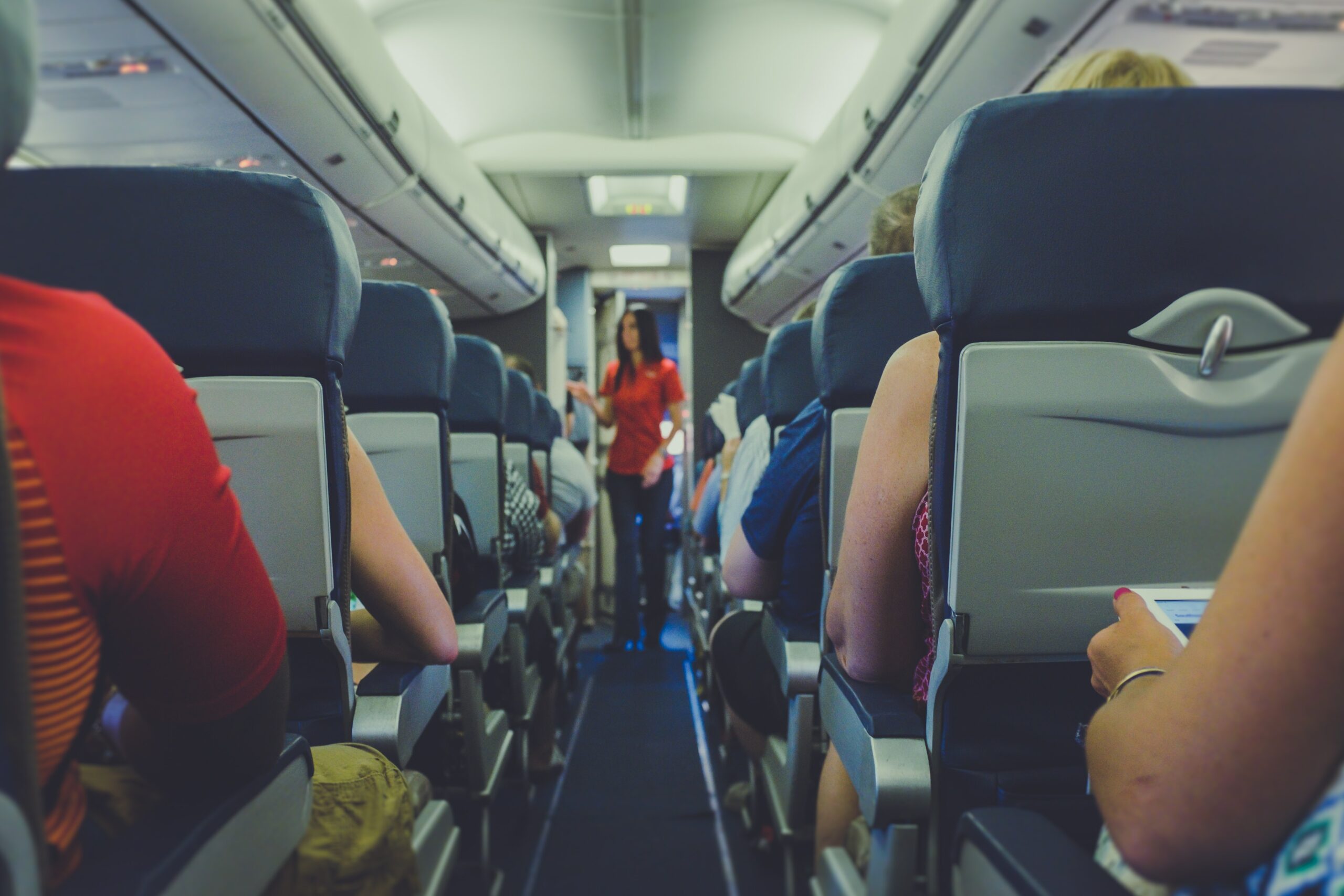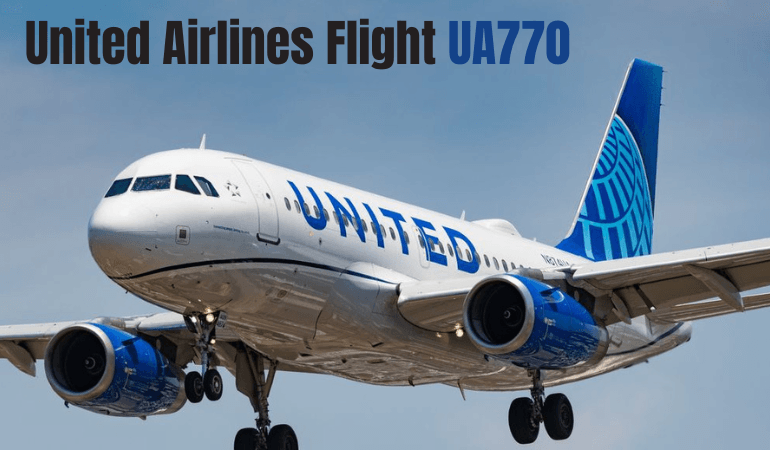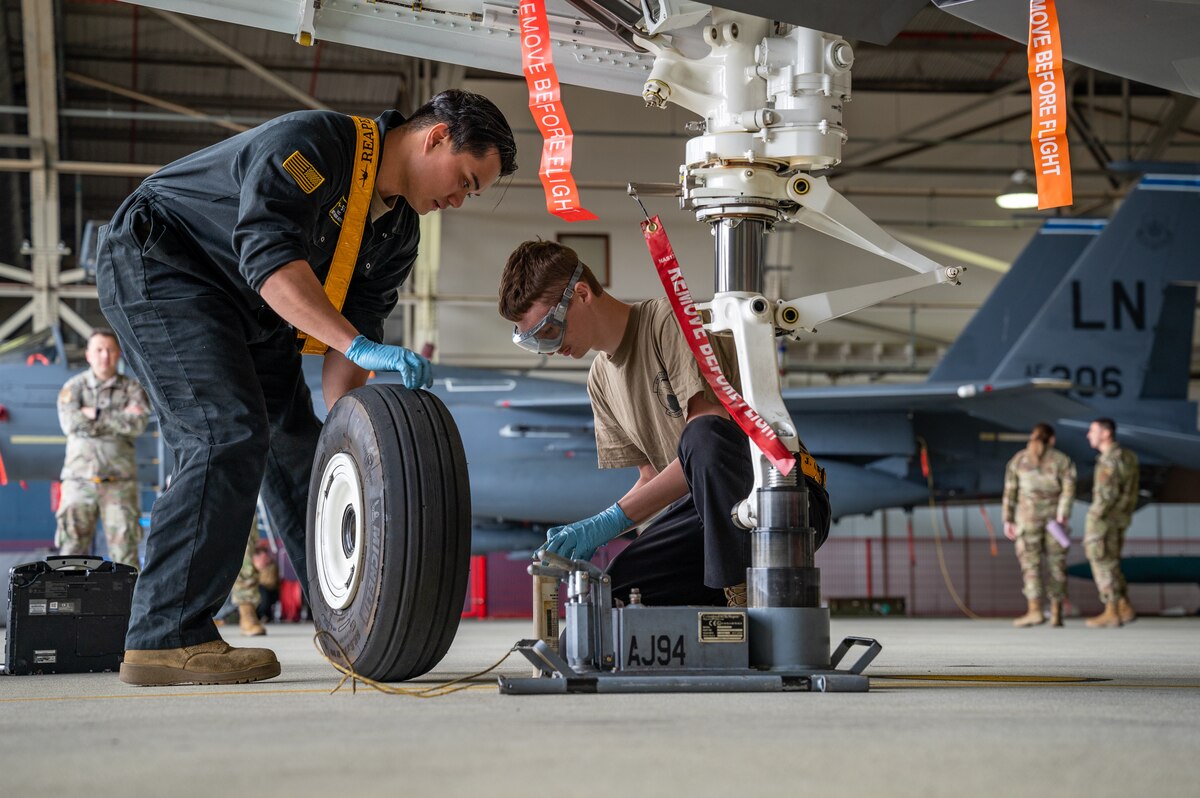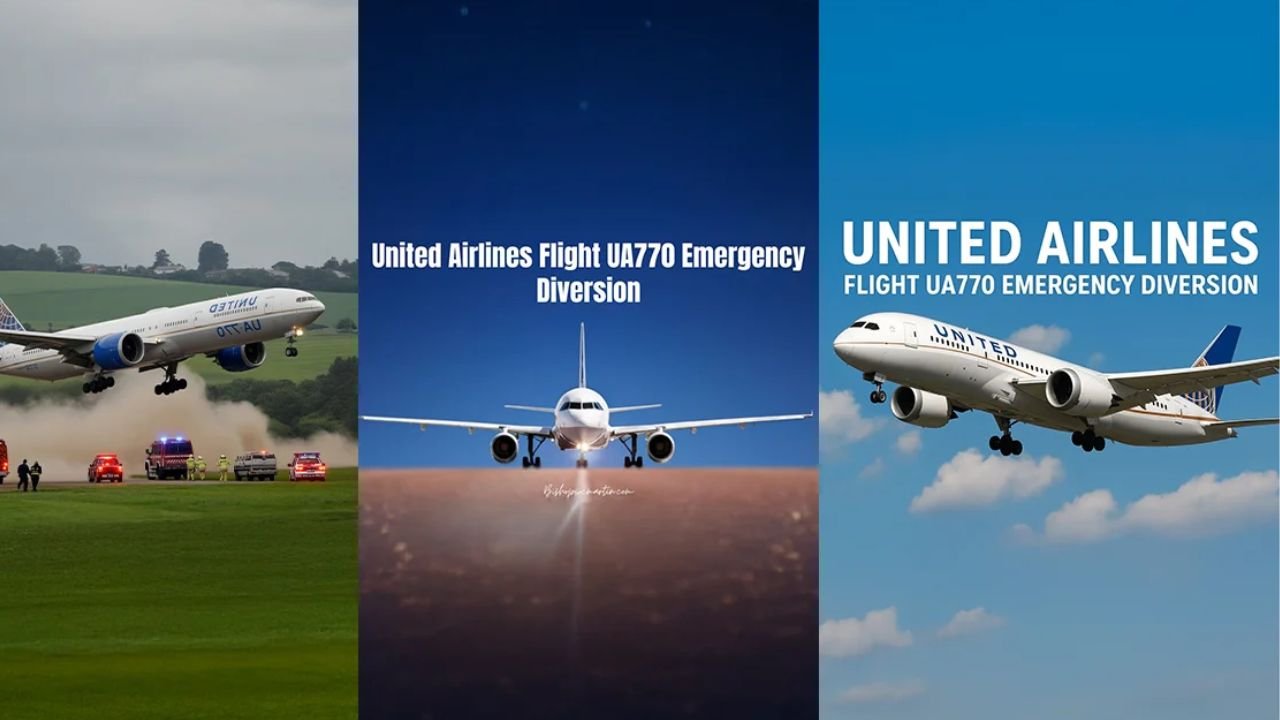United Airlines Flight UA770 took off from Barcelona like any other trip to Chicago. Passengers settled in, maybe thinking about the long flight ahead, meals, movies, or sleep. But then, mid air, something wasn’t right. The pilots saw a warning about the cabin pressurization system, the part that keeps everyone safe and breathing easy. They didn’t wait. They called an emergency.
They turned the plane toward London Heathrow. It landed safe, no injuries, just shaken nerves. Moments like this remind us planes may change course, plans may break, but safety always comes first. What follows is the story of what happened, why it happened, and how both the crew and airline handled it.
Flight Details
United Airlines Flight UA770 started from Barcelona, Spain. The plan was simple: cross the Atlantic and land at Chicago O’Hare. A long journey but nothing unusual for this route. The aircraft was operated by United Airlines, one of the biggest U.S. carriers.
It was set to follow the standard transatlantic path, cutting over Europe, then water, then into the U.S. But things didn’t go as planned. Instead of reaching Chicago, the jet found itself heading for London. A new route, made in the moment, for safety.
The Emergency
The trouble showed up mid-flight. One moment the sky was calm, blue, almost endless. Then a warning light. The pilots saw it something with the pressurization system. Small words on a screen, but carrying weight. This system isn’t a minor thing. It’s the breath inside the cabin. The shield that keeps people safe when the plane is flying so high. Without it, the air thins, the body strains
The crew knew all that in a second. And they moved. Once the alert showed, the crew moved fast. They declared an emergency. They began talking to air traffic control. They started a controlled descent to reduce pressure stress. Every step was careful, following training made for these very moments.
The Diversion
With the emergency declared, a choice had to be made. Keep going across the Atlantic, or turn toward a closer airport. The crew decided on London Heathrow. It was the safest option, one of the largest airports in the world, with the right facilities to handle emergencies.
The flight turned, passengers probably noticing the change but not yet knowing why. After a tense stretch, the plane landed safely in London. No injuries. No chaos. Just relief. The diversion turned a risky moment into a safe ending.
Passenger Experience & Safety Measures

For the people onboard, the experience was unsettling but managed. The crew stayed calm and followed the safety playbook. Passengers were kept seated, belted, and informed step by step. There were no reports of injuries, no medical events during the descent. Once on the ground, everyone was safe. The flight attendants and pilots showed how routine training translates into real life. A stressful situation turned into just another story to tell at home.
Airline & Official Statements
United Airlines later confirmed what happened. They called it precaution. Not a full system failure, not panic, just caution. The airline thanked the passengers, asking for patience, promising safety comes first. Authorities also noticed. No big investigation yet, but records will be checked, maintenance logged.
That’s how it goes in aviation every alert gets written down, traced, filed. The message was simple, from airline to officials to passengers. Better to turn, better to land early, than to gamble with the unknown.
| Category | Details |
|---|---|
| Flight Number | UA770 |
| Airline | United Airlines |
| Aircraft Type | Boeing (exact model not confirmed, but typically used for transatlantic) |
| Scheduled Route | Barcelona, Spain → Chicago O’Hare, USA |
| Diversion Airport | London Heathrow, United Kingdom |
| Reason for Diversion | Cabin pressurization system anomaly (precautionary measure) |
| Emergency Declared | Yes, pilots declared a mid air emergency |
| Distance Covered | Roughly 700 miles before diversion (estimate based on route position) |
| Passengers Onboard | Not officially released (United long haul often carries 200 300 passengers) |
| Crew Onboard | Standard long haul crew (approx. 10 12 including pilots and cabin crew) |
| Injuries Reported | None |
| Landing Outcome | Safe landing at London Heathrow |
| Passenger Handling | Re routed flights and rescheduled connections provided |
| Aircraft Status | Sent for inspection and maintenance checks post landing |
| Key Takeaway | Safety first decision prevented possible risks and ensured passenger safety |
Possible Causes
The pressurization system can be tricky. It’s made of sensors, valves, and controls that manage how air flows in and out of the cabin. If something malfunctions or even if a sensor gives a wrong reading the system will alert the pilots. In this case, it’s still not clear if it was a real fault or a false warning. Experts say most diversions like this come from a cautious reading, not a total breakdown. The crew has no room for guessing, so they always act as if it’s real.
Broader Context
Flight diversions are not rare in aviation. Planes may turn back or land elsewhere for medical reasons, weather, or technical alerts. Many times, the cause turns out to be minor. Still, airlines treat every alert with full seriousness. A pressurization issue, even a hint of it, is enough to change course. Similar diversions have happened in the past and will happen again. Each one underlines a basic truth: in aviation, safety first isn’t a slogan, it’s the rule.
Current Status & Next Steps
After the safe landing in London, passengers slowly made their way off the plane. Some looked tired, some just relieved. United staff were ready at the terminal, guiding people toward new flights, fixing connections, trying to ease the disruption. The aircraft itself didn’t rest it rolled into inspection right away.
Engineers opened it up, checking the pressurization system, hunting for the small fault that caused a big turn. For travelers, it was a hassle. Missed plans, missed meetings, stories to explain later. But for the airline, it was proof. Proof that stopping, turning, landing early is better than pushing luck. The flight didn’t reach Chicago that day. But it reached safety, and in the sky, that’s always the win.
What Happened on United Airlines Flight UA770?

United Airlines Flight UA770 faced an unexpected event while it was in the air. The crew stayed calm and quickly assessed the situation. Communication with air traffic control was established right away, and safety steps were put into action. The aircraft was diverted smoothly, ensuring no harm came to passengers. Everyone on board was guided safely once the plane landed.
Crew and System Response

The crew onboard Flight UA770 managed the situation with skill and professionalism. The pilots brought the aircraft into a stable descent while the cabin crew maintained calm among passengers. Every action followed standard procedures, supported by onboard alerts and systems. Their quick coordination kept the flight safe and under control.
Training Focus Areas:
- Emergency communication between cockpit and ground
- Proper use of safety equipment during flight issues
- Preparation drills for rapid descent procedures
Aircraft safety systems such as the ACARS (Aircraft Communications Addressing and Reporting System) and advanced onboard sensors provided early warnings, allowing the crew to act without delay.
What Passengers Experienced

Travelers described the cabin as calm, with crew members giving steady guidance. Reassurance and clear instructions kept panic away. Oxygen masks did not deploy, showing that the issue was contained before reaching a critical level. Once on the ground, staff guided passengers through transfers and safety checks smoothly.
Upon landing, passengers were met by emergency responders and United Airlines agents, who arranged overnight accommodations and handled rebookings for their onward travel.
Behind the Technology

The Boeing 787 Dreamliner is built with modern systems that constantly track flight conditions. Real time data helps the crew spot changes in pressure, engine health, and cabin safety. During this flight, the quick detection of irregularities prevented the situation from escalating. Technology worked hand-in-hand with the crew’s training.
Technology in Play:
- Environmental Control System (ECS) to monitor cabin air and pressure
- Predictive analytics software for spotting potential risks
- AMOS (Aircraft Maintenance and Operations System) to send reports to ground teams
Post Diversion Investigation
After the plane was grounded, a full review process started immediately. Engineers checked every system connected to cabin safety, including pressure valves and key sensors. Data logs were studied to trace the pattern of pressure fluctuations. This ensured the root cause could be identified.
Engineers examined:
- Pressure valves and air data sensors
- Flight data recorder logs
- Cabin pressure fluctuation patterns
The results were shared with Boeing, the FAA, and EASA, following international safety reporting standards.
Airline Response & Support Services

United Airlines acted quickly to maintain trust and support passengers. Public updates were released within hours of the diversion, showing transparency. Compensation packages were offered to cover the inconvenience. Customer service staff ensured that rebookings and travel needs were handled without unnecessary stress.
United provided:
- Hotel stays for stranded travelers
- Travel vouchers as compensation
- Rebooking options for future flights
This clear response was recognized as an effective way of handling an unexpected event.
Broader Industry Implications
The incident highlighted how prepared the aviation sector has become for emergencies. Technology and human training worked seamlessly, reducing risk. It also showed the importance of international cooperation, where regulators from multiple regions worked together to assess the event.
Key takeaways include:
- Predictive maintenance to identify risks before failure
- Cross-functional communication between crew, ATC, and ground teams
- Global regulatory alignment between U.S. and European authorities
Educating the Traveling Public
Passengers also play a role in flight safety. During unexpected situations, staying calm and listening to the crew makes a big difference. Flight UA770 showed how cooperation between staff and travelers creates a safer environment.
Important guidelines include:
- Keep seatbelts fastened when seated
- Follow crew instructions at all times
- Do not grab baggage during emergencies
- Use oxygen masks correctly if deployed
Statistical Context
While emergency diversions make headlines, statistics show they are rare. Most flights are completed without any technical incidents, and even when diversions occur, they are usually resolved safely. This reinforces that commercial aviation remains one of the safest industries worldwide.
According to IATA:
- Only 0.04% of global flights divert for emergencies
- Pressurization issues account for fewer than 5% of those diversions
- The majority end with no injuries reported
What Happens After a Diversion?
Once a diversion takes place, airlines follow strict procedures to ensure safety and compliance. Planes are carefully inspected, and passengers are supported with clear arrangements for travel. Detailed documentation ensures lessons are shared across the industry.
Steps include:
- Aircraft inspection and recertification before returning to service
- Passenger rebooking and welfare handling by airline teams
- Filing of detailed reports with regulators and authorities
- Manufacturer review of all relevant data
Lessons Learned and Future Readiness
Flight UA770 stands as a strong example of effective crisis management. Technology provided early alerts, the crew acted with calm precision, and passengers received timely care. These factors together showed how the system works to keep aviation safe.
Lessons drawn:
- Proactive technology helped detect the issue early
- Crew training ensured calm and professional actions
- Passenger support preserved trust in the airline
Such experiences continue to shape the aviation industry, leading to new training standards, design updates, and stronger safety culture.
Conclusion
In the end, the story of Flight UA770 is simple but important. A warning light blinked, the crew acted, and a plane full of people landed safe. The outcome was clear no injuries, no chaos, just a different airport than planned. The reasoning behind it was stronger than any schedule. Safety first, always. A small fault, maybe even a false alarm, was enough to turn the course. Because in the sky, there is no room for maybe. There is only sure, and sure means every passenger steps off the plane alive.


No responses yet